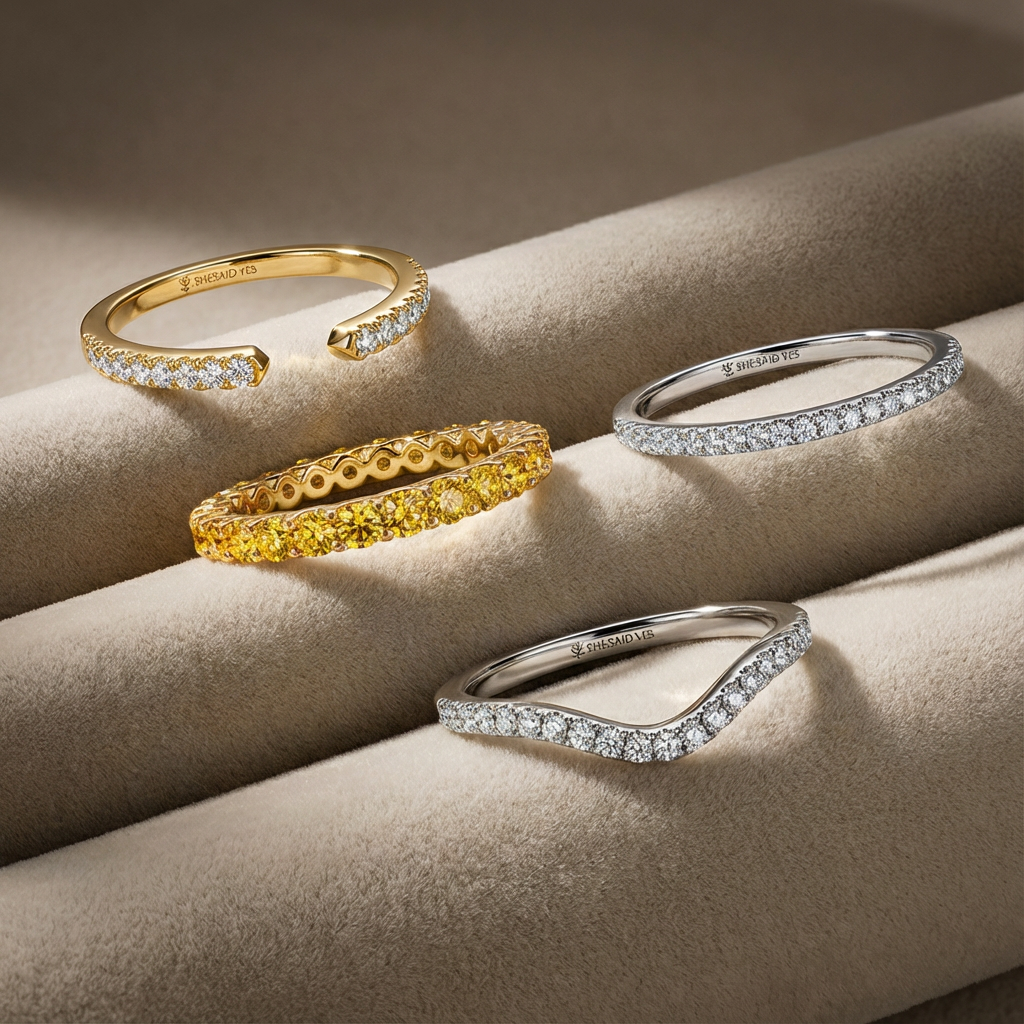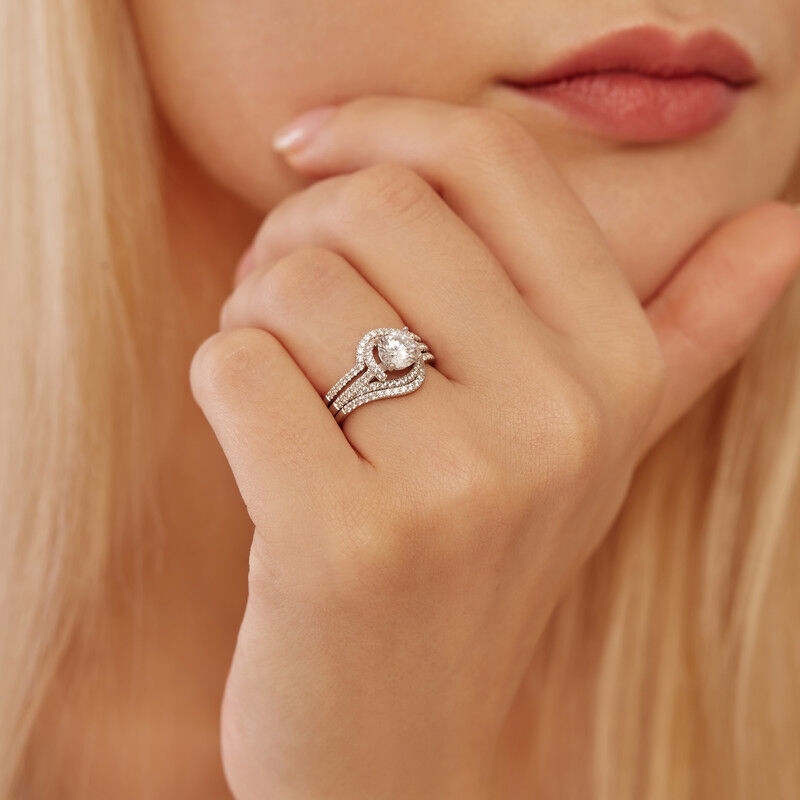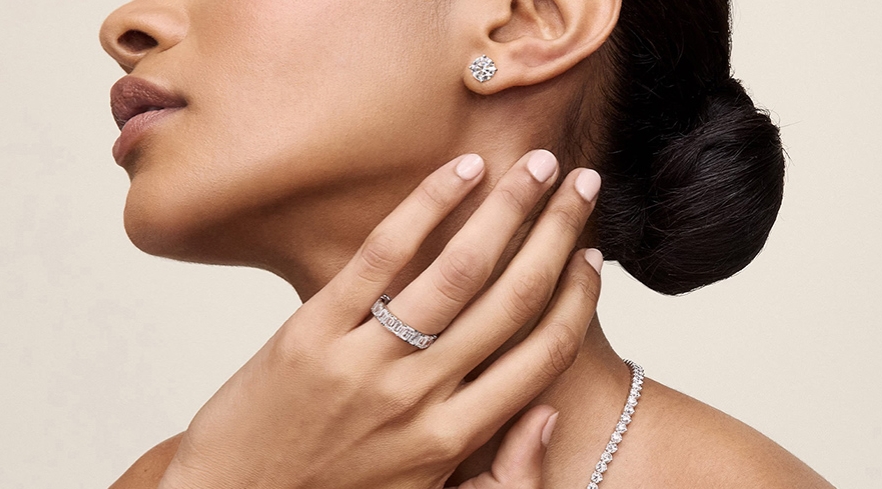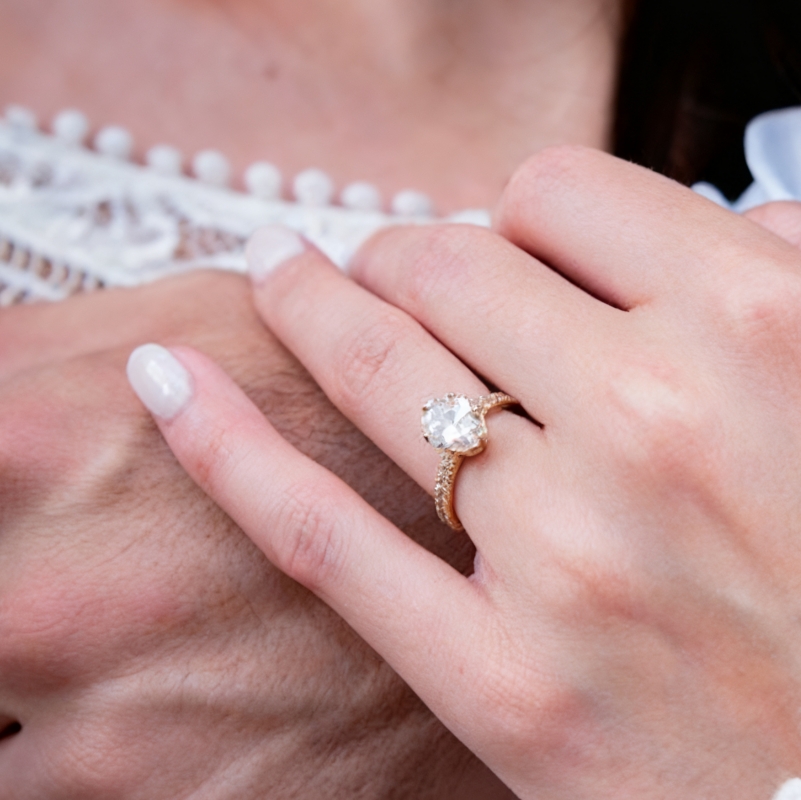British weddings are a beautiful blend of ancient customs and contemporary flair, embodying a rich tapestry of traditions that have evolved over centuries. Today, we'll delve into the key elements that make these ceremonies so unique and cherished, exploring everything from the charming customs to the modern adaptations that distinguish them in the panorama of weddings.

Engagement
The journey to a British wedding begins with the engagement, traditionally marked by the presentation of a diamond ring, symbolizing a promise of marriage. This custom, steeped in both romance and tradition, kicks off the wedding preparations and the anticipation of the big day.
Hen and Stag Parties
These are the British equivalents of bachelorette and bachelor parties. The hen party is for the bride and her friends, while the stag party is for the groom and his friends. These parties can range from a quiet evening out to a weekend trip abroad. Meanwhile, these gatherings are not just about celebration; they are a rite of passage and an opportunity for friends to bond and share memories before the big day.
The Venue
In the UK, most weddings occur in churches, where couples exchange vows in a traditional religious ceremony. For those who prefer a non-religious setting, civil ceremonies offer a popular alternative. It can be held in a variety of licensed venues such as stately homes, castles, and even outdoor spaces. This allows couples to tailor their special day to their personal tastes and the unique beauty of Britain’s landscapes.
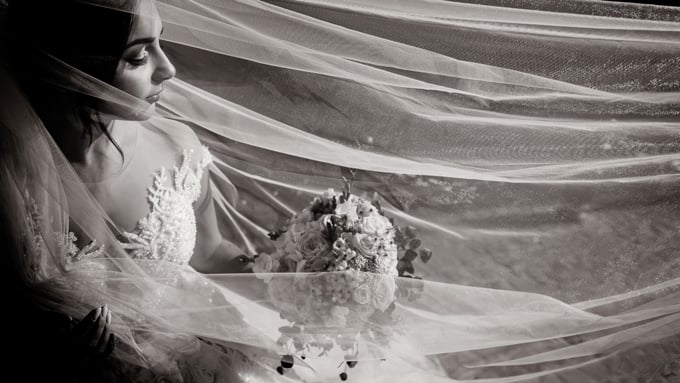
Bridal Attire
A key aspect of British bridal attire is guided by the traditional saying, “Something old, something new, something borrowed, something blue, and a silver sixpence in her shoe.” Each element carries significant symbolism:
- Something old represents continuity with the bride’s past.
- Something new offers optimism for her future.
- Something borrowed, usually from a happily married couple, is thought to bring good fortune.
- Something blue symbolizes fidelity and love.
- A silver sixpence in her shoe is a wish for prosperity and financial security.
Central to the bridal ensemble is the wedding dress, typically a white or ivory gown that symbolizes purity and simplicity. This tradition, popularized by Queen Victoria in the 19th century, has become a staple in weddings worldwide. The dress often features intricate designs and fabrics, tailored to reflect the bride’s personal style and the significance of the occasion. Besides, the typical bridal look usually includes a veil, historically symbolizing modesty and privacy, reflecting the bride’s purity. This attire not only adheres to longstanding traditions but also adds a personal and meaningful touch to the wedding ceremony.
Wedding Ceremony
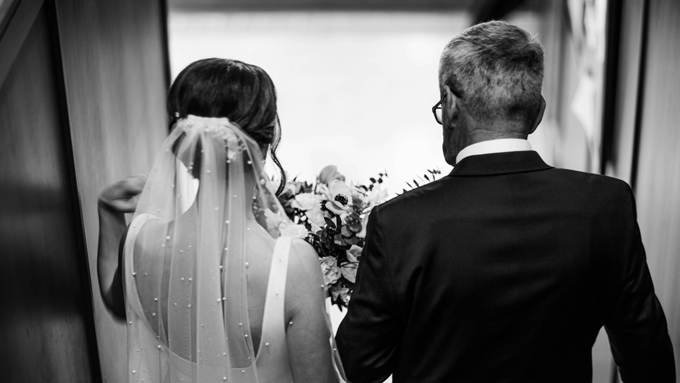
Wedding Procession
The wedding procession in British ceremonies typically begins with the bride walking alongside her father, where tradition dictates she stands to his left. This positioning is symbolic, allowing the father to keep his right hand free to defend his daughter. The father’s role culminates in presenting his daughter to the groom, a poignant moment of transition and blessing.
Bridesmaids and Page Boys
Accompanying the bride and groom are the bridesmaids and page boys, who not only add to the visual charm of the event but also perform key duties. These younger participants often dress in attire that echoes that of the bride and groom, symbolizing purity and bridging past and future generations. Their tasks might include carrying the bride’s train, holding floral arrangements, or scattering flower petals along the aisle.
The Ceremony
The type of wedding ceremony can also vary significantly. Tradition steep Church of England services, featuring the exchange of vows, the ringing of church bells, and the signing of the marriage register, all within a religious context. Civil ceremonies provide a non-religious alternative but still maintain formalities such as vows and the signing of a legal document. Humanist weddings offer a fully personalized approach, focusing on the unique relationship of the couple without religious or traditional constraints.
Wedding Reception
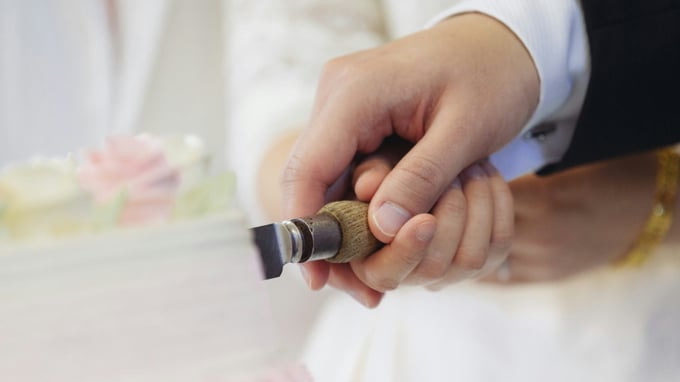
Wedding Breakfast
Despite its name, the “wedding breakfast” is not a morning meal. It is the first meal shared by the couple as a married pair, typically occurring after the ceremony. This tradition dates back to when weddings were primarily morning affairs, with the meal served as a “break” in fasting before the ceremony. Today, it’s a grand feast celebrating the new union, featuring a menu that often reflects the couple’s tastes and sometimes regional flavors.
Speeches
Speeches are a staple of British wedding receptions, providing moments of humor, sentimentality, and celebration. They start with the bride’s father, who welcomes guests and shares memories of the bride. Next, the groom thanks the attendees and expresses his love for his bride, acknowledging both families. The sequence ends with the best man, whose speech is humorously revealing, often poking fun at the groom and recounting their shared adventures. These speeches collectively celebrate the couple and their new journey together.
Cutting Wedding Cake
Cutting the wedding cake is one of the focal traditions at British wedding receptions. This act symbolizes the couple’s first shared task in married life and their commitment to support each other. The cake is a multi-tiered confection, and sharing it with guests symbolizes the distribution of happiness and prosperity. Traditionally, the top tier is often saved for the christening of the couple’s first child or their first wedding anniversary.
British weddings, with their unique traditions and rich history, offer a distinct charm that sets them apart. These customs, while deeply rooted, are not rigid, and they present an opportunity for couples to personalize their own celebration. Whether you’re planning a wedding in the UK or simply wish to incorporate some British flair into your ceremony, these traditions can serve as a source of inspiration. So, consider how these British customs might contribute to your perfect day as you plan.

